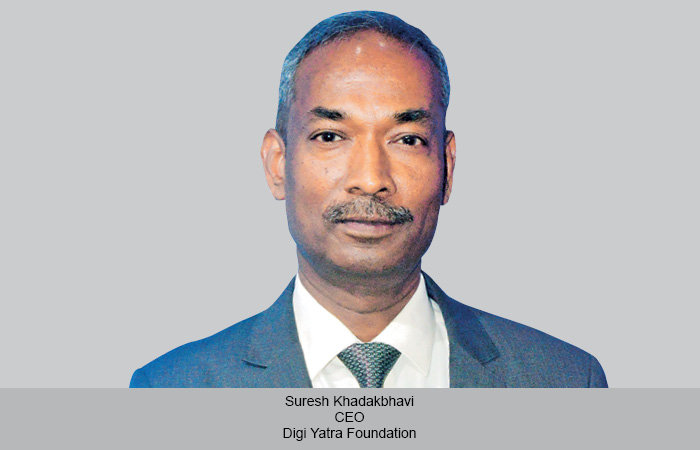‘Recovery will not be easy and will require critical strategic decisions to be taken by the industry and government,’ says the latest update by CAPA – Centre for Aviation. Indian aviation will confront a series of challenges in the coming weeks and months.
Grounding operations was relatively straightforward, but the road out of the lockdown is far more complex. The reports states that financial and operational challenges associated with the resumption of services are potentially so significant that some carriers may choose to remain grounded, whilst others may not survive. Assuming that air services resume from 01-Jun- 2020, he industry will by that stage have been grounded for over two months, after having already experienced a sharp decline in traffic in March. The four months from June to September will be a critical phase. This includes the weakest period of the year for air travel in India even at the best of times, let alone in the aftermath of a once-in-a-century crisis.
National Civil Aviation Policy 2.0
CAPA suggests that there is an urgent need for a revised national civil aviation policy which defines the new parameters for operating within the reality of COVID-19. The government must adopt a fresh perspective on the appropriate policy and regulatory framework, as well as institutional infrastructure. The original
National Civil Aviation Policy (NCAP) released in 2016 was
designed for an environment of growth. Post-COVID there is a
need for NCAP 2.0 – possibly as an interim measure – to support
sectoral emergence from the crisis through the stages of survival, stabilisation, recovery and eventually expansion.
CAPA suggests that COVID-19 represents the best opportunity to implement step changes to remove all barriers to growth and viability. And, in addition to the steps that the government takes with respect to the Indian market, it must encourage the adoption of a global, coordinated strategy to ensure a harmonisation of COVID-related measures across all countries.If the aviation industry has to navigate a patchwork of regulations for international operations, the costs and complexity will further damage any recovery.
Revised fleet Based on revised traffic projections by CAPA, if the competitive structure of the industry
was to remain unchanged, Indian carriers would operate around 265-300 aircraft in the domestic market in 2HFY2021 and 80-95 on international routes. The total estimated operational fleet of 345-395 aircraft compares with a pre- COVID fleet of around 650 aircraft, resulting in a surplus of 255-305 aircraft. In the event
that there are some airline failures, the fleet size is unlikely
to be dissimilar in absolute terms, however the distribution
by carrier will differ. Indian carriers (excluding IndiGo) may need to raise a minimum of USD2.5 billion of capital. Even IndiGo, which is relatively better-placed, may need to enhance
liquidity in the event of a prolonged crisis. The estimate of USD2.5 billion may even prove to be highly conservative as the extent of the structural damage to the industry is yet to be understood.
 TravTalk India Online Magazine
TravTalk India Online Magazine


